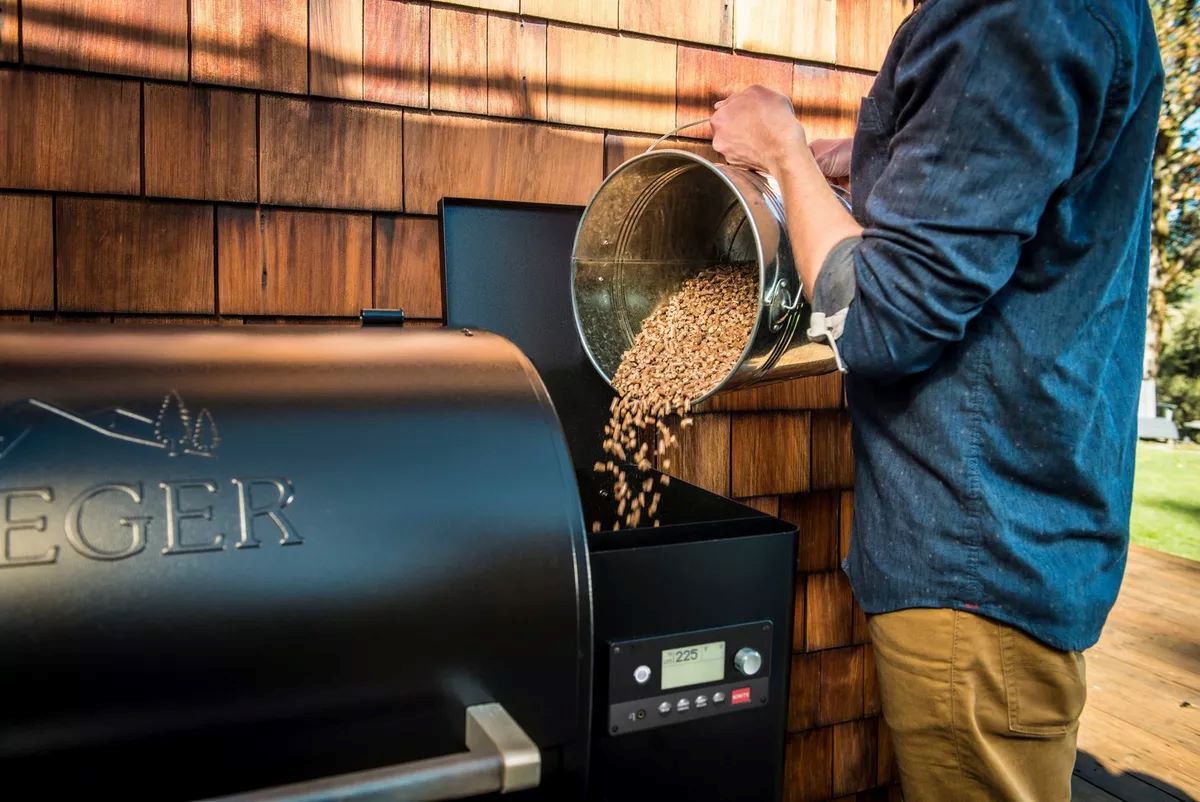

Articles
How To Store Pellets For Grill
Modified: February 26, 2024
Learn the best tips and tricks for storing pellets for your grill. Read our insightful articles and ensure your BBQ is always on point.
(Many of the links in this article redirect to a specific reviewed product. Your purchase of these products through affiliate links helps to generate commission for Storables.com, at no extra cost. Learn more)
Introduction
When it comes to grilling, using wood pellets can add delicious flavor to your food. However, to ensure the best grilling results, it is essential to store your pellets properly. Proper storage not only preserves the quality and flavor of the pellets but also extends their lifespan, saving you money in the long run.
In this article, we will explore the importance of storing pellets correctly and provide you with tips on how to do it effectively. Whether you are a seasoned grilling enthusiast or new to the world of pellet grills, this guide will help you maintain the freshness and integrity of your pellets, ensuring an exceptional grilling experience every time.
Key Takeaways:
- Proper storage of pellets is crucial for maintaining their quality, flavor, and performance during grilling. Choosing the right container, preparing the storage area, and monitoring temperature are key steps to ensure optimal pellet condition.
- Protecting pellets from moisture and direct sunlight, sealing the storage container effectively, and conducting quality checks before use are essential practices for preserving the freshness and flavor of pellets. Proper storage not only enhances grilling results but also contributes to cost savings and a consistent culinary experience.
Read more: How To Store Pellet Grill Pellets
Why Proper Storage of Pellets is Important
Proper storage of pellets is essential to maintain their quality and ensure optimal grilling results. Here are a few key reasons why storing pellets correctly is important:
- Prolonged Lifespan: Storing pellets in the right conditions can help extend their shelf life. Exposure to moisture, sunlight, and fluctuating temperatures can cause pellets to degrade and lose their flavor. By storing them properly, you can ensure that they retain their quality and are ready to use whenever you want to fire up the grill.
- Preservation of Flavor: Pellets are made from different types of hardwood, such as oak, cherry, or hickory, each adding its unique flavor profile to the food. Proper storage prevents cross-contamination and preserves the distinct flavor of each pellet variety. This allows you to enjoy the intended taste and aroma of your grilled dishes.
- Cost Savings: By storing pellets correctly, you can avoid wastage and save money. When pellets are exposed to moisture or humidity, they can become brittle or clump together, making them difficult to use. Additionally, pellets that have been damaged by improper storage may produce less heat or inconsistent burn, forcing you to use more pellets to achieve the desired temperature.
- Consistent Performance: Quality pellets that have been stored properly provide consistent heat and smoke output. This ensures even cooking and enhances the flavors of your grilled meats, vegetables, or seafood. In contrast, pellets that have been exposed to unfavorable storage conditions may produce irregular heat, affecting the overall grilling experience.
By understanding the importance of proper pellet storage, you can ensure that your grilling sessions are always a success. Now, let’s delve into the various factors to consider when choosing the right storage container for your pellets.
Choosing the Right Storage Container
When it comes to storing your pellets, selecting the right container is crucial to maintain their quality. Here are some factors to consider when choosing the ideal storage container:
- Airtightness: It is important to choose a storage container that is airtight to prevent moisture from seeping in. Pellets are highly susceptible to moisture absorption, which can affect their quality and burn efficiency. Look for containers with tight-fitting lids or seals to ensure a proper seal and protection against moisture.
- Durability: Opt for a container made from durable materials that can withstand the weight of the pellets and potential rough handling. Plastic bins or containers made from food-grade materials are commonly used for pellet storage and are ideal due to their durability and easy maintenance.
- Capacity: Consider the volume of pellets you typically use for grilling when choosing a storage container. Smaller containers may be suitable for occasional grillers or those with limited storage space, while larger containers are ideal for frequent grillers or those who buy pellets in bulk.
- Transparency: Having a transparent or partially transparent container can help you monitor the pellet levels without needing to open the container. This allows you to plan ahead and restock when needed, ensuring you never run out of pellets during a grilling session.
- Stackability: If you have limited storage space, consider containers that are stackable. This helps you optimize the available space and keeps your storage area organized.
Additionally, you may also want to consider investing in specialized pellet storage bags or buckets that are designed specifically for pellet grills. These containers often feature built-in mechanisms to prevent moisture buildup and provide convenient handling and pouring options.
Now that you have chosen the right storage container, it’s important to prepare the storage area properly to ensure the longevity of your pellets. Let’s explore how to do that in the next section.
Preparing the Storage Area
Before you store your pellets, it is essential to prepare the storage area to create an optimal environment for long-term storage. Here are some steps to follow when preparing the storage area:
- Clean the Area: Start by cleaning the storage area to remove any dust, dirt, or debris. A clean storage area helps maintain the cleanliness of the pellets and prevents potential contaminants from affecting their quality.
- Remove Moisture: Ensure that the storage area is free from moisture or excessive humidity. Moisture can damage the pellets and cause them to deteriorate quickly. Consider using a dehumidifier if you live in a humid environment or place moisture-absorbing materials, such as silica gel packs, in the storage area to absorb any excess moisture.
- Maintain Temperature: Pellets are best stored in a cool and dry environment. Avoid storing them in areas subject to extreme temperature fluctuations, such as near heating vents or direct sunlight. Aim for a temperature range between 60°F and 70°F (15°C and 21°C) to ensure the longevity of your pellets.
- Organize the Storage Area: Keep the storage area organized to easily access the pellets when needed. Consider using shelves, racks, or storage bins to keep the pellets in order and avoid any unnecessary handling or damage to the containers.
- Label and Rotate: If you have multiple types of pellets, label each container to identify the wood variety. This makes it easier to choose the right flavor for specific grilling recipes. Additionally, rotate your pellets to ensure that older stock is used first, helping to maintain the freshness of your pellet supply.
By following these steps, you can create an ideal storage area that protects your pellets from moisture, extreme temperatures, and contaminants. Now, let’s move on to the next section to learn how to store pellets in a dry environment.
Storing Pellets in a Dry Environment
Keeping your pellets in a dry environment is crucial for maintaining their quality and preventing moisture-related issues. Here are some tips to store pellets in a dry environment:
- Choose the Right Storage Location: Select a storage area that is dry and away from any potential sources of moisture. Areas such as basements, garages, or storage sheds can work well, as long as they are properly ventilated and do not experience excessive moisture levels.
- Elevate the Pellets: Place your pellet containers on elevated shelves or pallets to prevent direct contact with the floor. This helps to minimize moisture absorption from the ground, especially if the storage area is prone to dampness.
- Use Moisture-Resistant Bags or Liners: If you choose to store pellets in bags, consider using moisture-resistant bags or liners to provide an extra layer of protection against humidity. These bags are designed to seal out moisture and keep your pellets in optimal condition.
- Avoid Proximity to Water Sources: Ensure that your pellet storage area is not near any water sources, such as sinks, pipes, or outdoor sprinkler systems. Even a small water leak can introduce unwanted moisture into the storage area, compromising the quality of the pellets.
- Check Regularly: Regularly inspect the storage area for any signs of moisture buildup or damage. If you notice any, take immediate action to address the issue and ensure the pellets remain dry.
By storing your pellets in a dry environment, you can prevent clumping, mold growth, and deterioration, ensuring that your pellets are in optimal condition when you’re ready to fire up the grill. However, moisture is not the only factor to consider when storing pellets. Let’s explore how to protect your pellets from direct sunlight in the next section.
Read more: How Pellet Grills Work
Protecting Pellets from Moisture
Moisture is one of the biggest enemies when it comes to pellet storage, as it can cause pellets to swell, clump together, and ultimately lose their quality. Here are some tips to protect your pellets from moisture:
- Use Airtight Containers: Store your pellets in airtight containers, such as plastic bins with tight-fitting lids or specialized pellet storage containers. This creates a barrier that prevents moisture from entering and affecting the pellets.
- Absorb Moisture: Place moisture-absorbing materials, like silica gel packs or desiccant packets, in your storage containers. These materials help to absorb excess moisture and maintain a dry environment for the pellets.
- Avoid Humid Environments: Keep your pellet storage area away from areas with high humidity, such as humid basements or damp garages. Excessive moisture in the surroundings can increase the likelihood of your pellets absorbing moisture and losing their quality.
- Protect from Rain and Snow: If you store your pellets outdoors, ensure they are protected from rain or snow. Use a waterproof cover or store them in a shed or garage to prevent exposure to moisture.
- Don’t Keep the Lid Open: When accessing your pellet container, make sure to close the lid tightly after taking out the desired amount of pellets. Leaving the lid open for extended periods allows moisture in the air to come into contact with the pellets.
By following these tips, you can significantly reduce the risk of moisture-related issues and maintain the integrity and quality of your pellets. However, protecting your pellets from moisture is not the only concern. Let’s discuss the importance of keeping pellets away from direct sunlight in the next section.
Store pellets for your grill in a dry, airtight container to prevent moisture from affecting their quality. Keep them in a cool, dark place to maintain their freshness and flavor.
Keeping Pellets Away from Direct Sunlight
Direct sunlight can have a detrimental effect on the quality and performance of your pellets. Here’s why it is important to keep pellets away from direct sunlight and how to do it:
- Avoid Heat Buildup: Direct sunlight can cause the temperature to rise significantly inside the storage container, leading to heat buildup. This excessive heat can make the pellets brittle and affect their ability to burn efficiently. Therefore, it is crucial to keep your pellets in a cool environment away from direct sunlight.
- Prevent Humidity: Sunlight can also increase humidity levels inside the container, especially if the pellets are stored in a translucent or clear container. Excess humidity can cause the pellets to absorb moisture and impact their quality. Therefore, it is essential to store your pellets in an opaque container or a dark, shaded area.
- Choose Proper Storage Location: Select a storage area that is away from direct sunlight, such as a shaded corner of a garage or a dark pantry. If you have limited indoor space, consider using a storage shed or invest in a specialized pellet storage container with UV protection to shield your pellets from sunlight exposure.
- Utilize Covers or Shades: If your pellet storage area is prone to sunlight exposure, you can use covers or shades, such as heavy curtains or blinds, to block the sunlight from reaching the pellets. This helps to maintain a consistent temperature and protect them from potential heat and moisture damage.
- Regularly Inspect: Periodically check your pellet storage area to ensure that there are no unexpected changes in sunlight exposure. Keep an eye on any potential sources of indirect sunlight, such as windows or skylights, that could inadvertently expose your pellets to heat and UV rays.
By keeping your pellets away from direct sunlight, you can preserve their quality, maintain their efficiency, and ensure a consistent grilling experience. However, proper storage also involves sealing the storage container effectively to prevent moisture and air from entering. Let’s dive into the next section to explore the importance of properly sealing your storage container.
Properly Sealing the Storage Container
Ensuring a proper seal on your pellet storage container is essential to maintain the freshness and quality of your pellets. Here’s why sealing is important and how to seal your storage container effectively:
- Preserving Pellet Quality: A tightly sealed container prevents air and moisture from entering, which can compromise the quality of your pellets. Air exposure can lead to oxidation, while moisture can cause clumping, degradation, or the growth of mold or mildew. By sealing the container properly, you can protect your pellets and maintain their optimal quality.
- Preventing Contaminants: An airtight seal also helps to keep potential contaminants such as dust, dirt, and insects out of your pellet storage container. These contaminants can affect the flavor and cleanliness of your pellets, making it important to create a barrier to keep them at bay.
- Choosing the Right Seal: Select a storage container with a secure and reliable sealing mechanism, such as a tight-fitting lid or a latch system. The seal should be strong enough to withstand movements or vibrations, ensuring that it remains intact and airtight even during transportation or shifting of the container.
- Double-Check the Seal: After closing the container, double-check the seal to ensure that it is fully closed and airtight. Make sure there are no gaps or openings that could allow air or moisture to penetrate. Test the seal by pressing down on the lid or container to ensure that it doesn’t move or make a clicking sound, indicating a proper seal.
- Consider Extra Protection: For added protection, you can use sealable bags or plastic wrap around your pellet bags before placing them in the storage container. This creates an additional layer of defense against air and moisture, keeping your pellets fresh and ready for use.
By properly sealing your pellet storage container, you can maintain the flavor, quality, and longevity of your pellets. However, it is also important to monitor and maintain the temperature of the storage area. Let’s explore the significance of temperature control in the next section.
Monitoring and Maintaining Temperature
Temperature control is an integral part of proper pellet storage, as extreme temperatures can affect the quality and performance of your pellets. Here’s why monitoring and maintaining temperature is essential and how to do it effectively:
- Avoiding Temperature Fluctuations: Fluctuations in temperature can cause expansion and contraction of the pellets, which can lead to a loss of flavor and burn efficiency. To maintain the quality of your pellets, it is important to store them in a stable environment with minimal temperature fluctuations.
- Optimal Storage Temperature: Pellets are best stored in temperatures between 60°F and 70°F (15°C and 21°C). This temperature range helps to maintain the integrity of the pellets and ensures consistent performance when used for grilling.
- Choosing the Right Storage Location: Select a storage area that is not prone to extreme temperature changes, such as basements or garages. Avoid placing your pellets near heating vents, radiators, or other heat-emitting appliances that can cause temperature spikes.
- Monitoring with Thermometers: Use a thermometer to regularly monitor the temperature inside the storage area. This allows you to identify any potential temperature fluctuations and make necessary adjustments to maintain a stable environment for your pellets.
- Add Insulation: If your storage area is exposed to extreme temperatures, consider adding insulation to help regulate the temperature. This can include insulating the walls, ceiling, or even using thermal barriers or blankets around the storage containers.
- Control Room Humidity: High humidity levels can be a concern for temperature control. Use dehumidifiers or moisture-absorbing materials to reduce excess humidity in the storage area. This helps to prevent moisture buildup and maintain a stable environment for your pellets.
By closely monitoring and maintaining the temperature of your pellet storage area, you can ensure that your pellets remain in optimal condition for extended periods. However, it is still crucial to check the quality of your pellets before using them. Let’s discuss how to do that in the next section.
Read more: How Do Pellet Grills Work
Checking Pellet Quality Before Use
Before using your stored pellets for grilling, it is important to check their quality to ensure they are still in optimal condition. Here’s how you can assess the quality of your pellets before use:
- Visual Inspection: Examine the pellets visually for any signs of mold, mildew, or discoloration. If you notice any unusual appearance, it is best to discard those pellets as they may have been compromised.
- Texture and Consistency: Feel the pellets to ensure they are dry and free from moisture. They should have a smooth texture and consistent shape. Avoid using pellets that feel damp or have clumps, as they may not burn efficiently or produce the desired smoke flavor.
- Aroma Check: Give the pellets a sniff to check for any unpleasant or musty odors. Fresh pellets should have a pleasant and distinct wood aroma that corresponds to the type of wood used to make them.
- Burn Test: Conduct a burn test with a small sample of pellets in your pellet grill or smoker. Observe the burn rate, heat output, and smoke production. Quality pellets should burn consistently and evenly, providing the desired amount of heat and smoke for efficient grilling.
- Taste Test: After grilling, taste the food prepared with the pellets and evaluate if there are any off-flavors or unusual tastes. High-quality pellets should enhance the flavor of the food, infusing it with a delicious smoky essence.
By performing these quality checks before using your pellets, you can ensure that your grilling experience is not compromised by subpar pellets. If you notice any issues with the quality, it may be time to replace your stored pellets and restock with fresh ones.
With these tips in mind, you are now equipped to store your pellets correctly and maintain their quality over time. The proper storage of pellets not only preserves their flavor but also contributes to cost savings and a consistent grilling experience. Keep these practices in mind, and enjoy the flavorful results of your grilled dishes!
Conclusion
Proper storage of pellets is vital for maintaining their quality, flavor, and performance when grilling. By following the tips and guidelines we have discussed in this article, you can ensure that your pellets remain fresh, dry, and ready for use.
First, choose the right storage container that is airtight, durable, and of appropriate capacity. Prepare the storage area by cleaning it and removing excess moisture. Keep the pellets in a dry environment, away from direct sunlight and heat sources. Properly seal the storage container to prevent air and moisture infiltration, and regularly monitor temperature levels to avoid extreme fluctuations.
Protecting pellets from moisture by using moisture-resistant bags or containers, keeping them away from direct sunlight, and sealing them properly are essential steps in preserving their quality. Additionally, before using the pellets, conduct a quick quality check by examining their appearance, feeling their texture, checking their aroma, and conducting a burn test.
By investing a little extra time and effort into properly storing your pellets, you can maximize their lifespan, preserve their flavor, and ensure consistent grilling results. This not only enhances your culinary experience and the taste of your grilled dishes but also helps you save money by preventing waste.
Remember that high-quality pellets contribute to the overall success of your grilling endeavors. By following the guidelines in this article, you can enjoy the full potential of your pellet grill and create mouthwatering, smoky flavors in every cooking session.
So go ahead, store your pellets correctly, fire up your grill, and embark on a grilling adventure that is sure to impress your friends and family with delicious and perfectly cooked meals!
Frequently Asked Questions about How To Store Pellets For Grill
Was this page helpful?
At Storables.com, we guarantee accurate and reliable information. Our content, validated by Expert Board Contributors, is crafted following stringent Editorial Policies. We're committed to providing you with well-researched, expert-backed insights for all your informational needs.
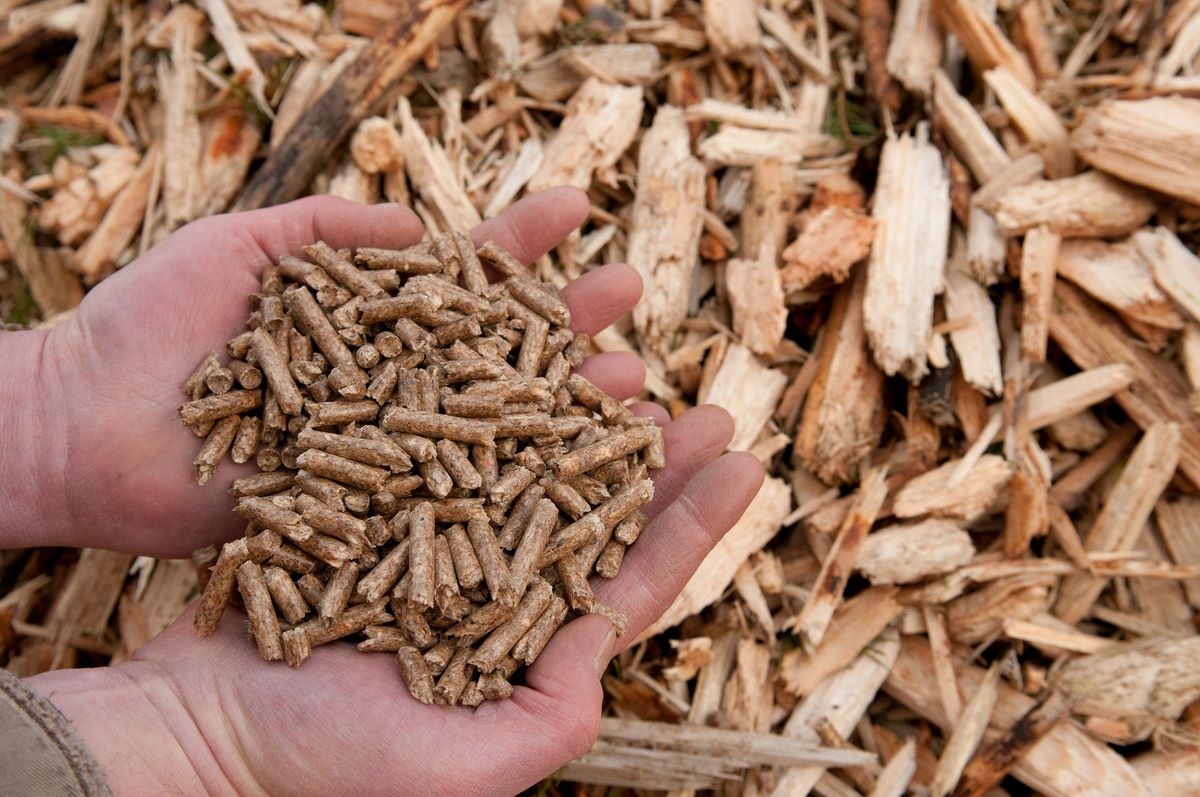
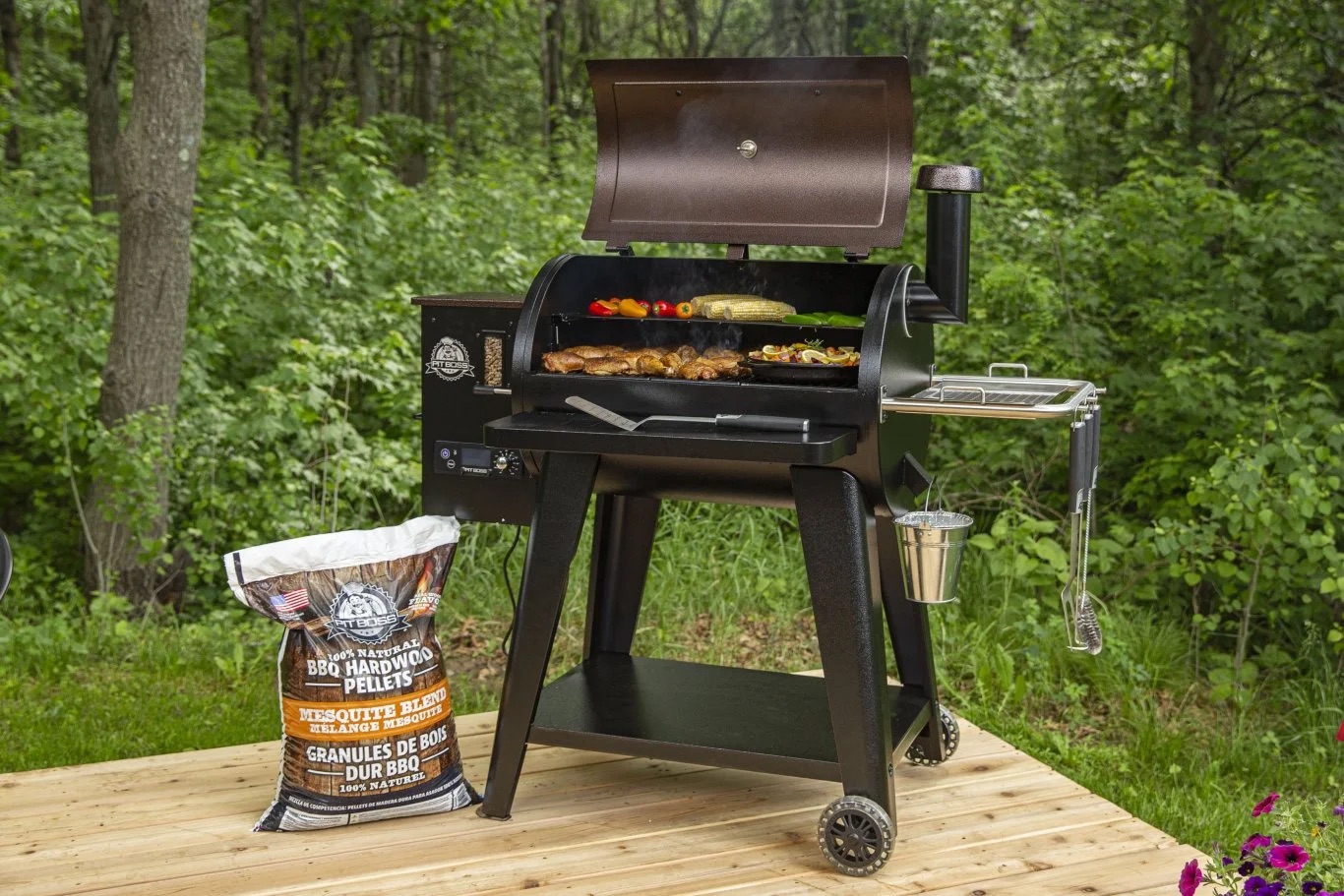
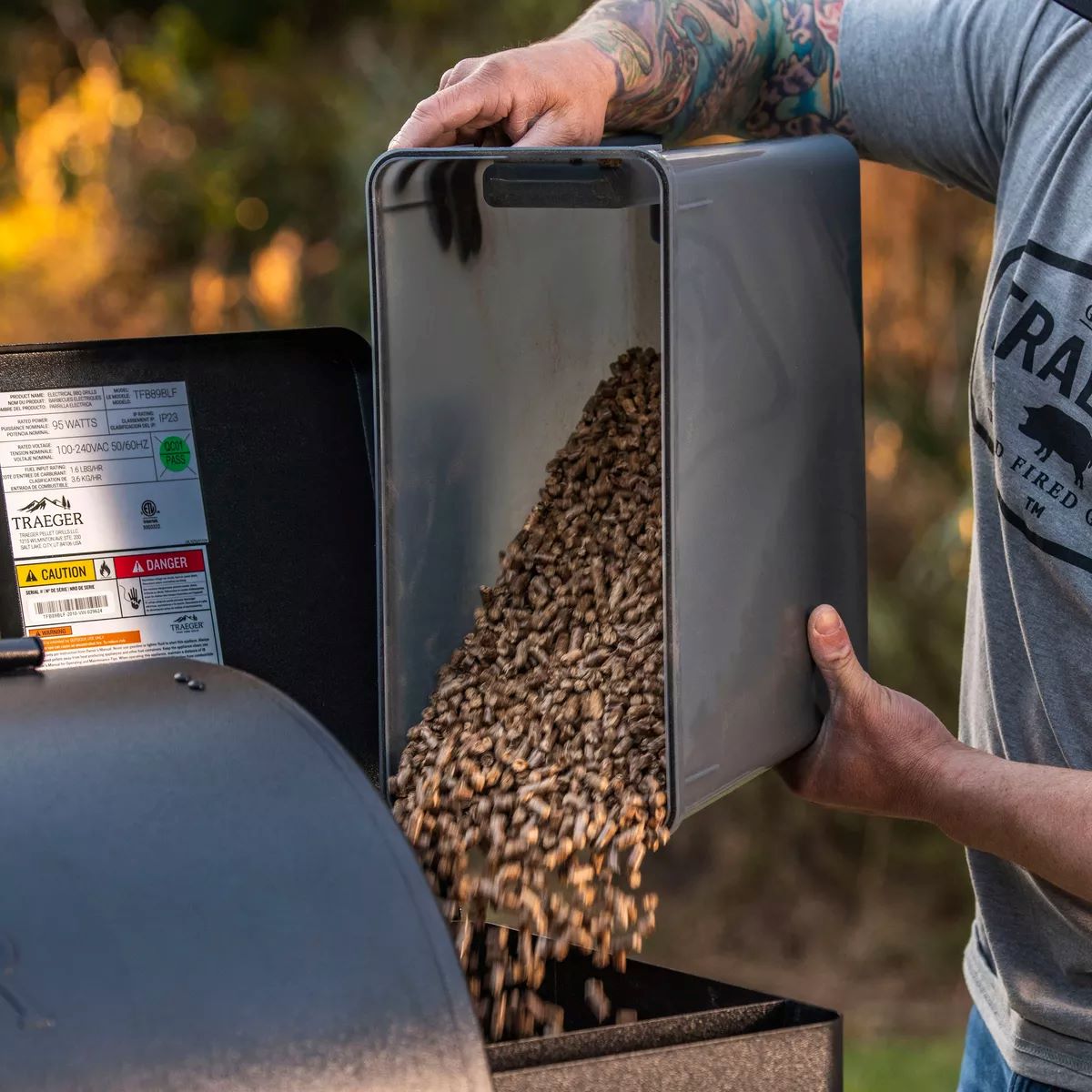
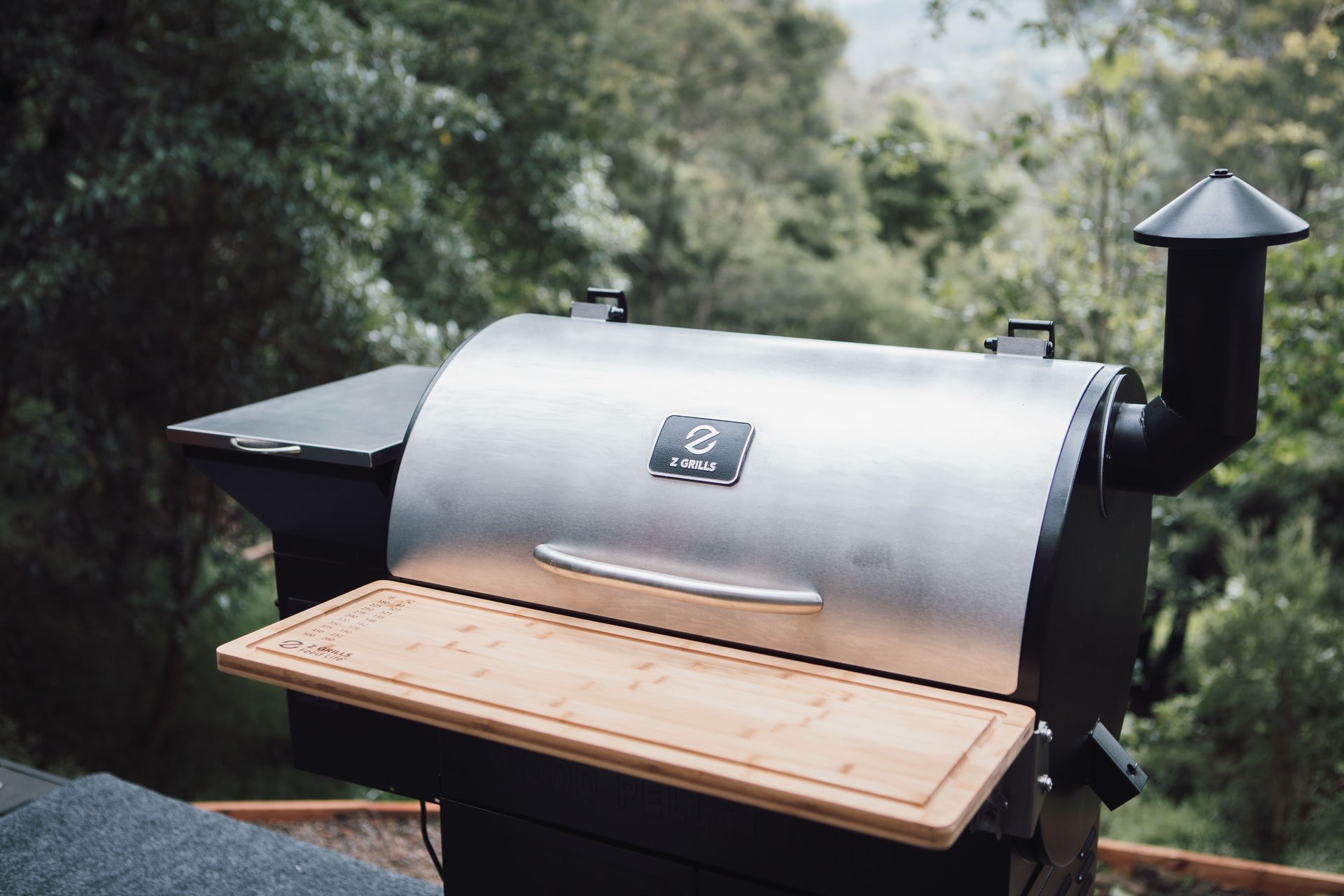
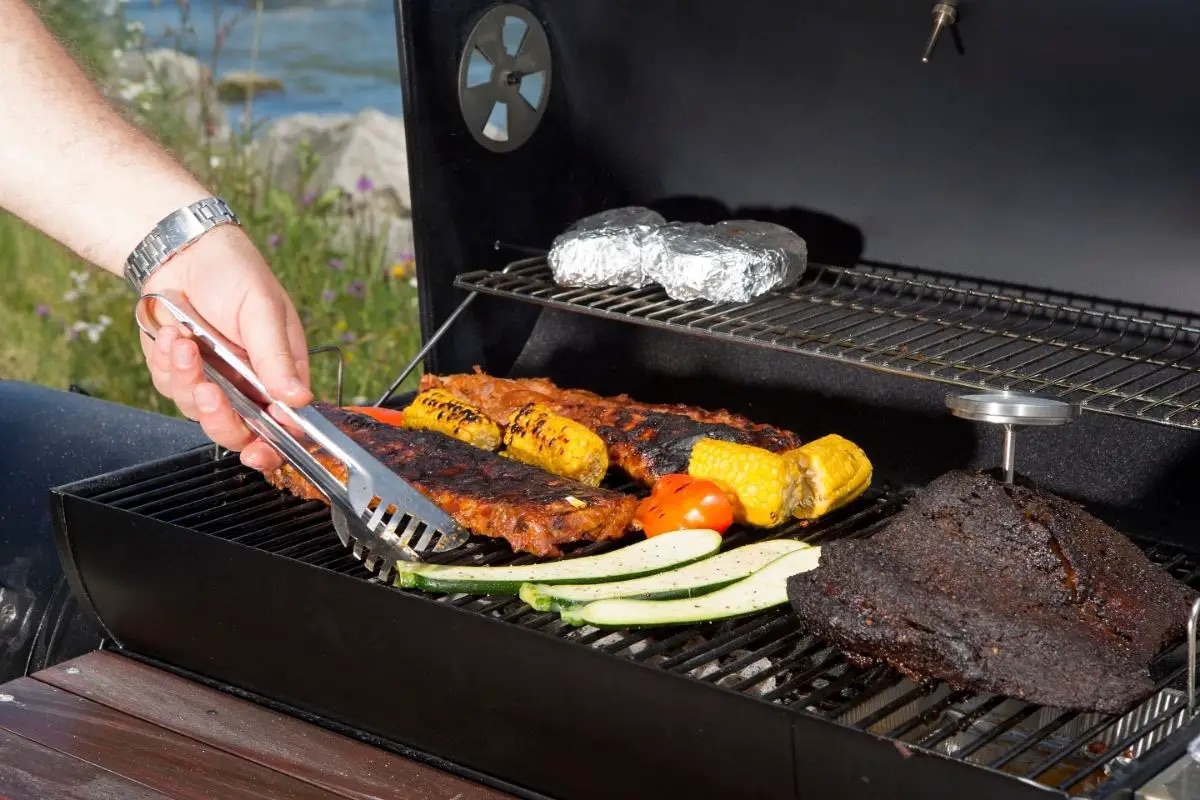
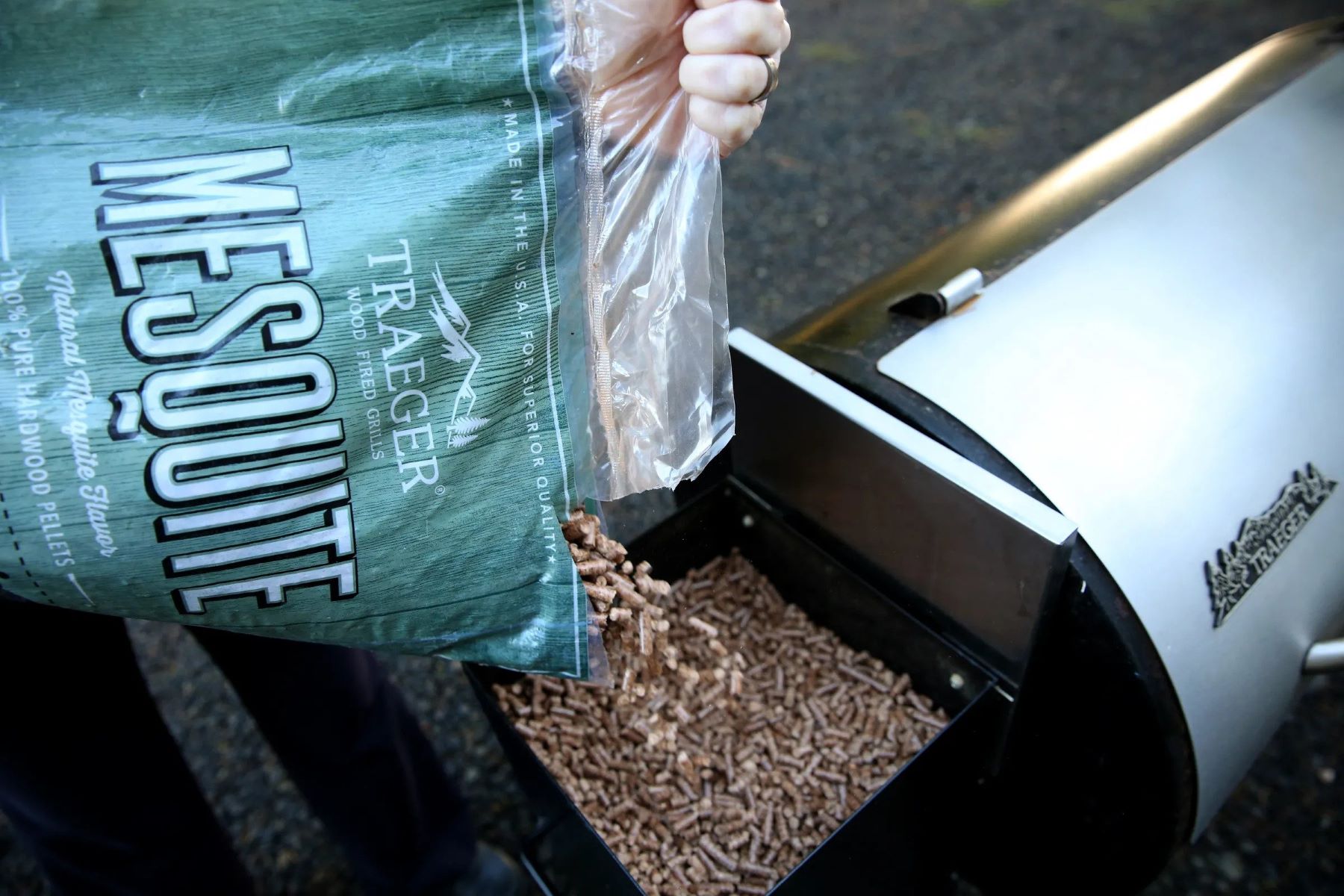
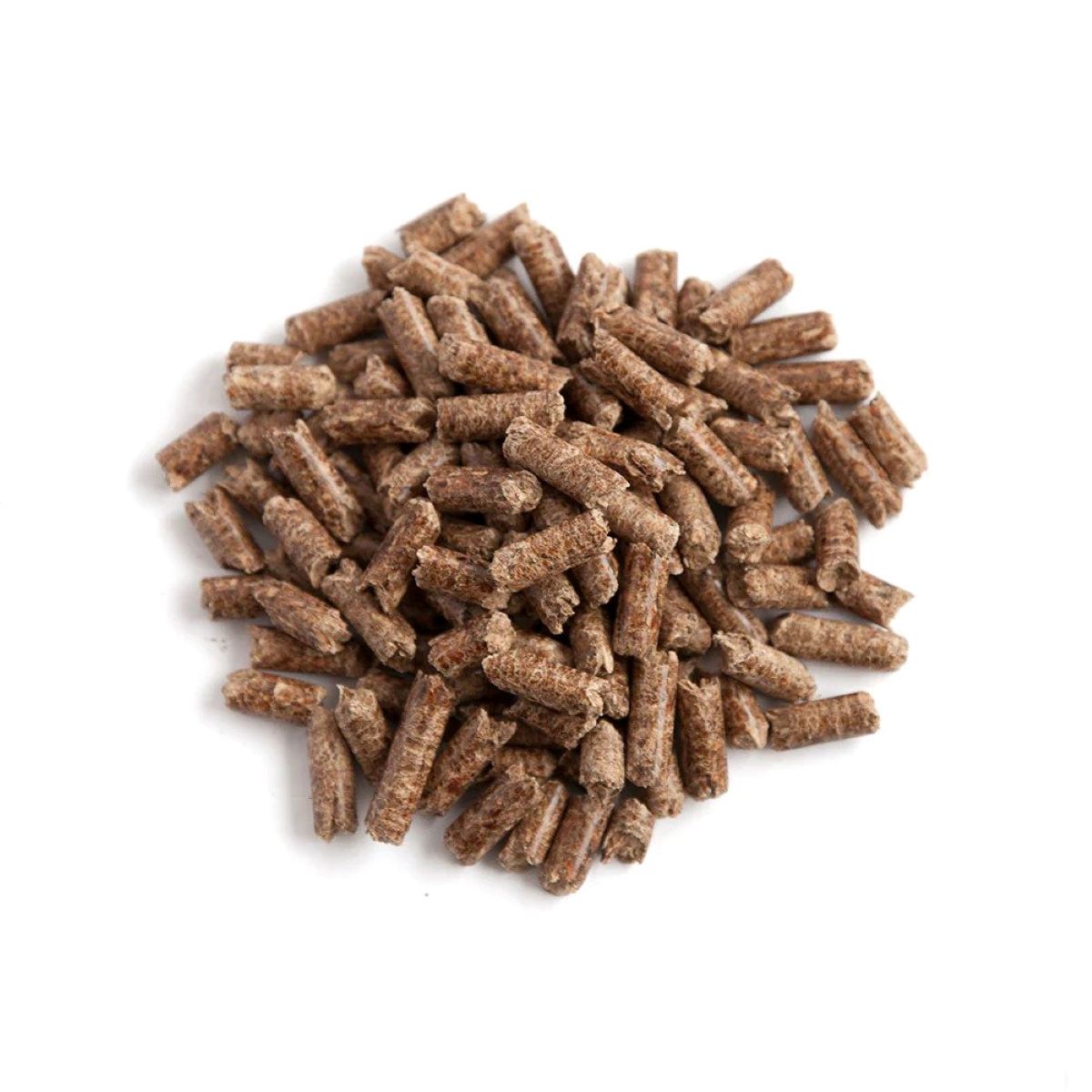
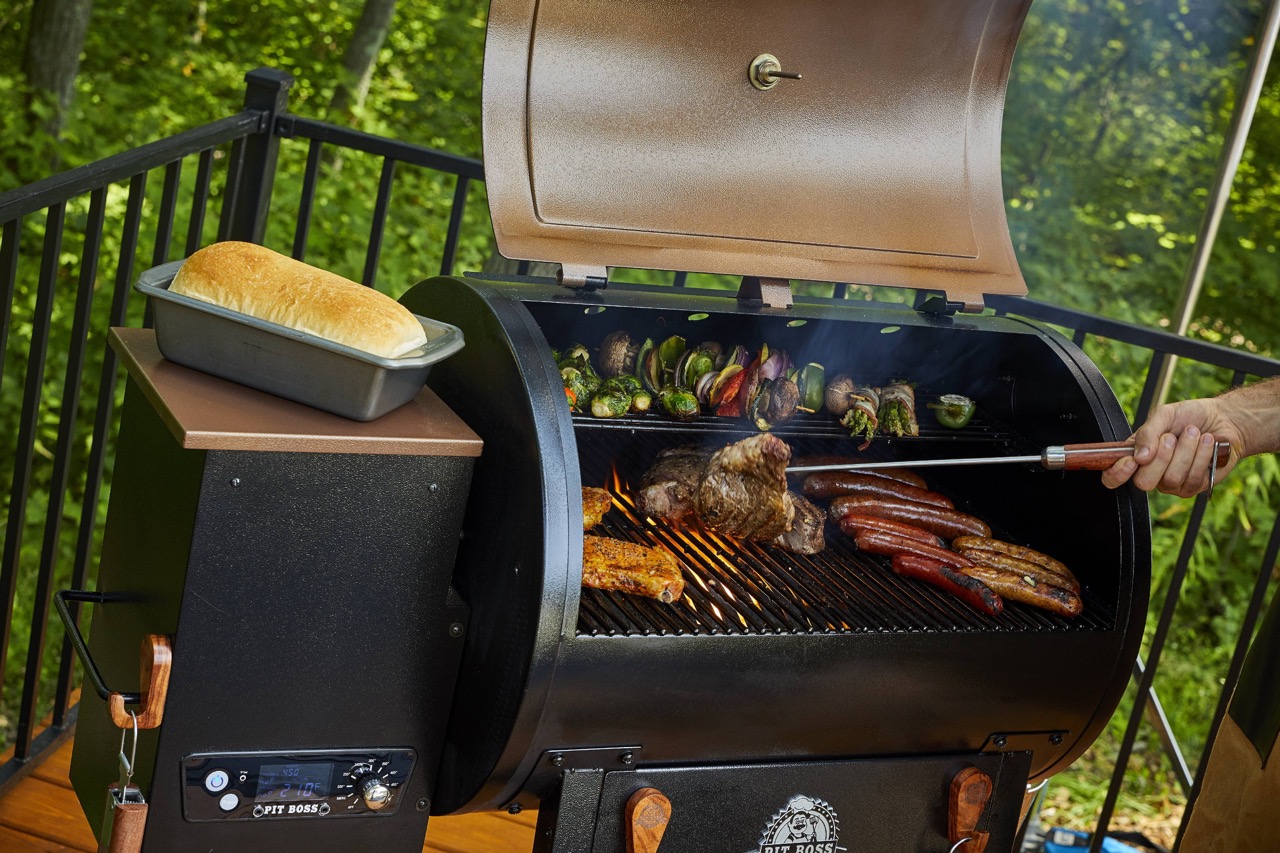
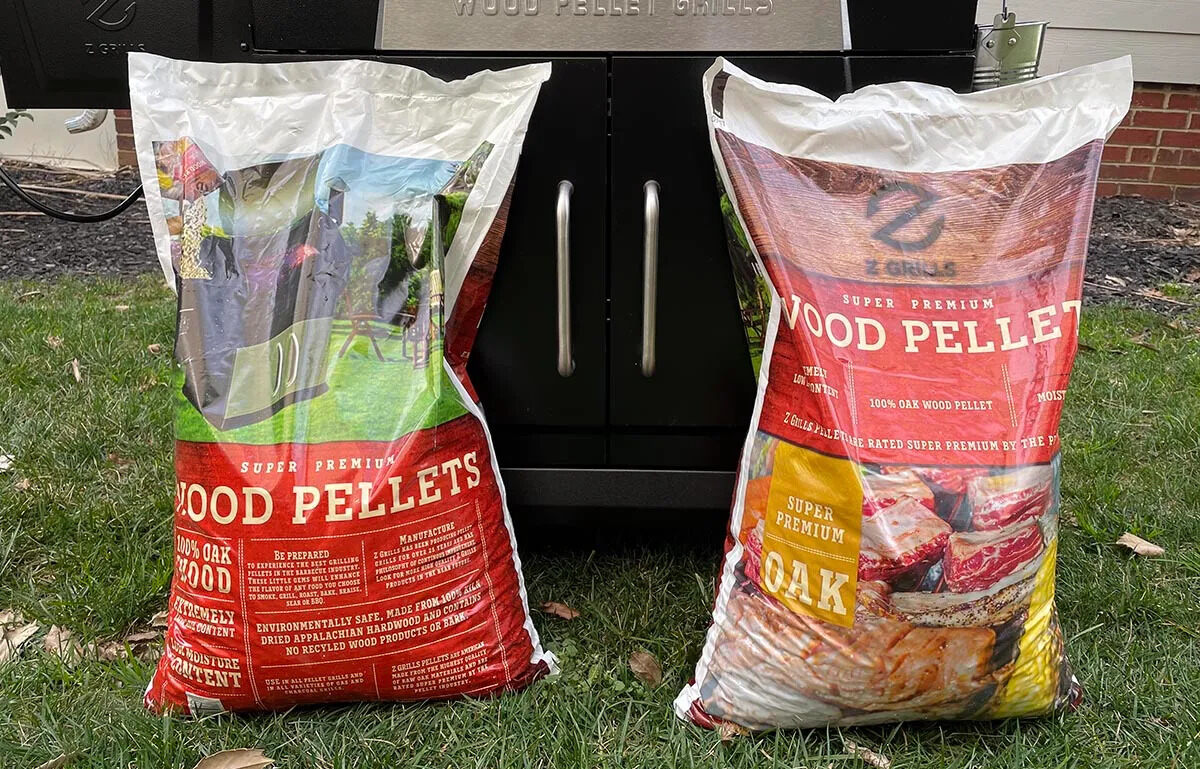
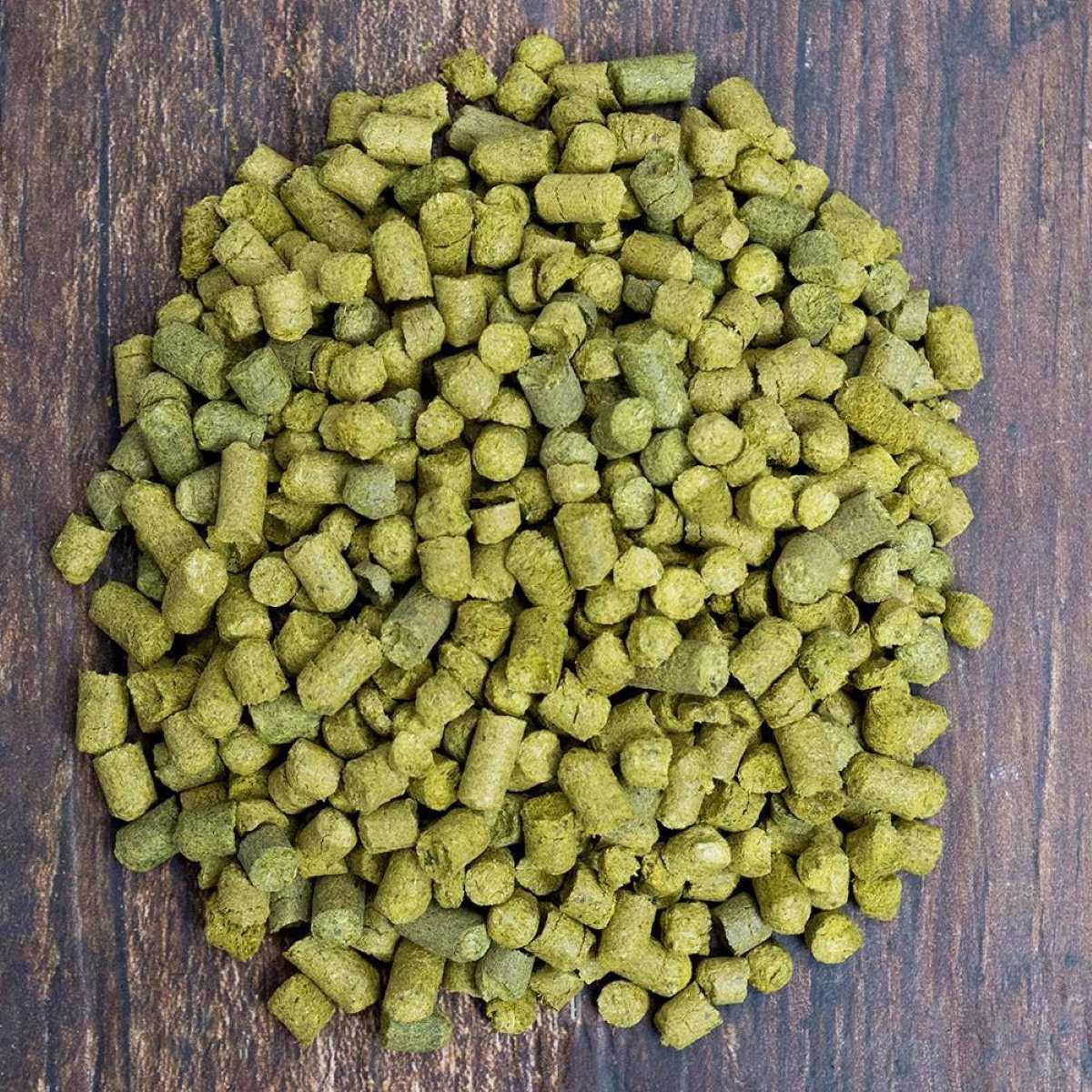
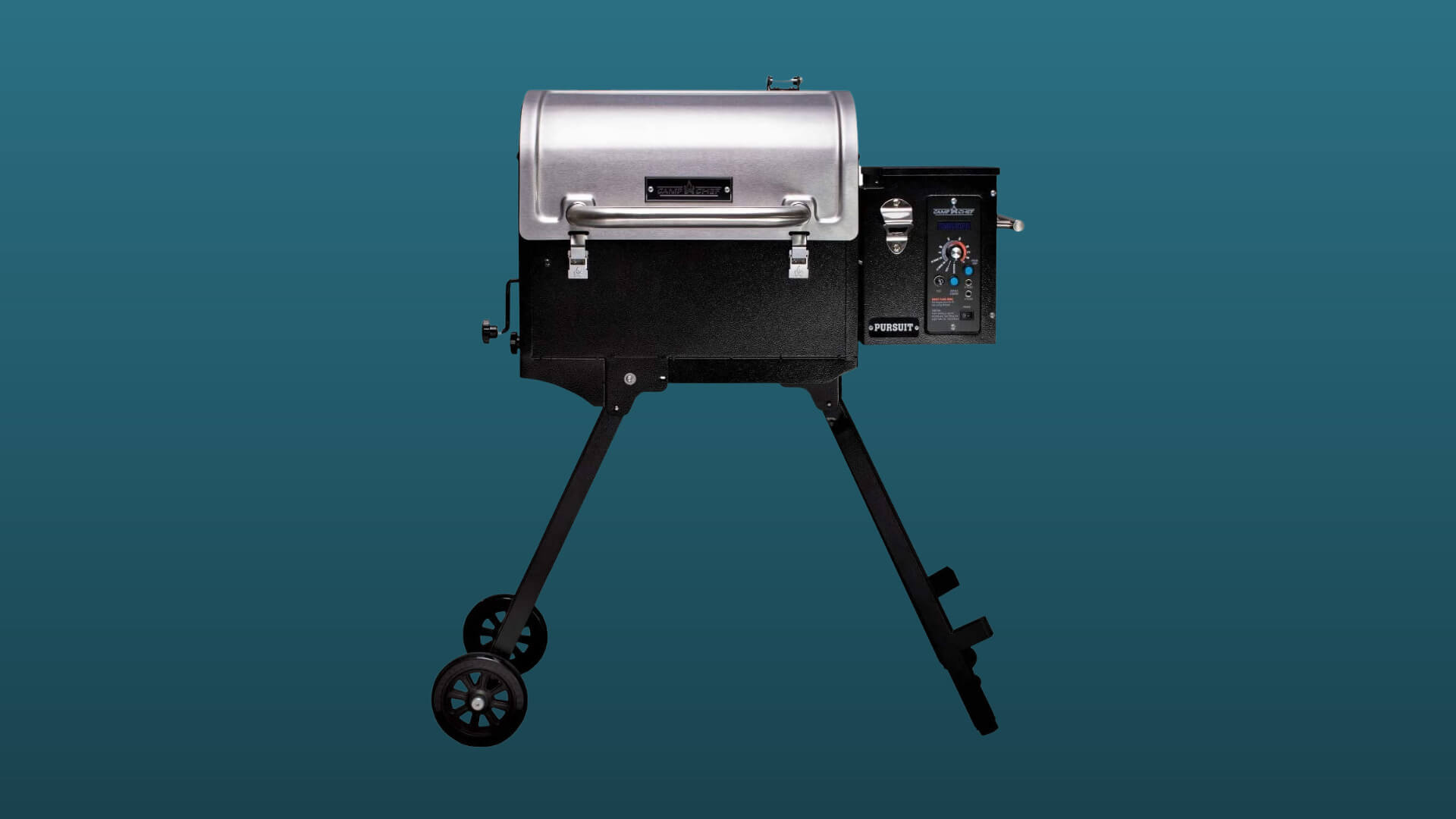
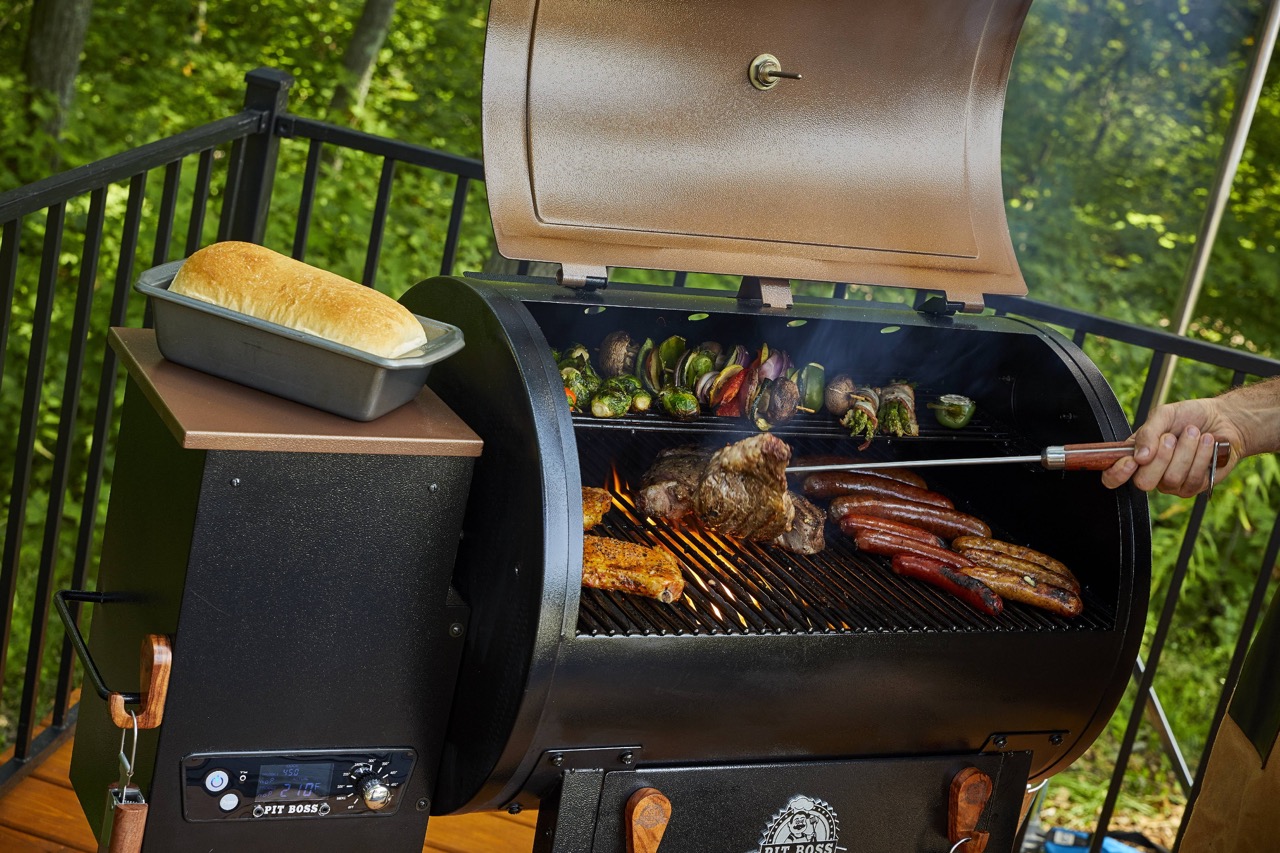
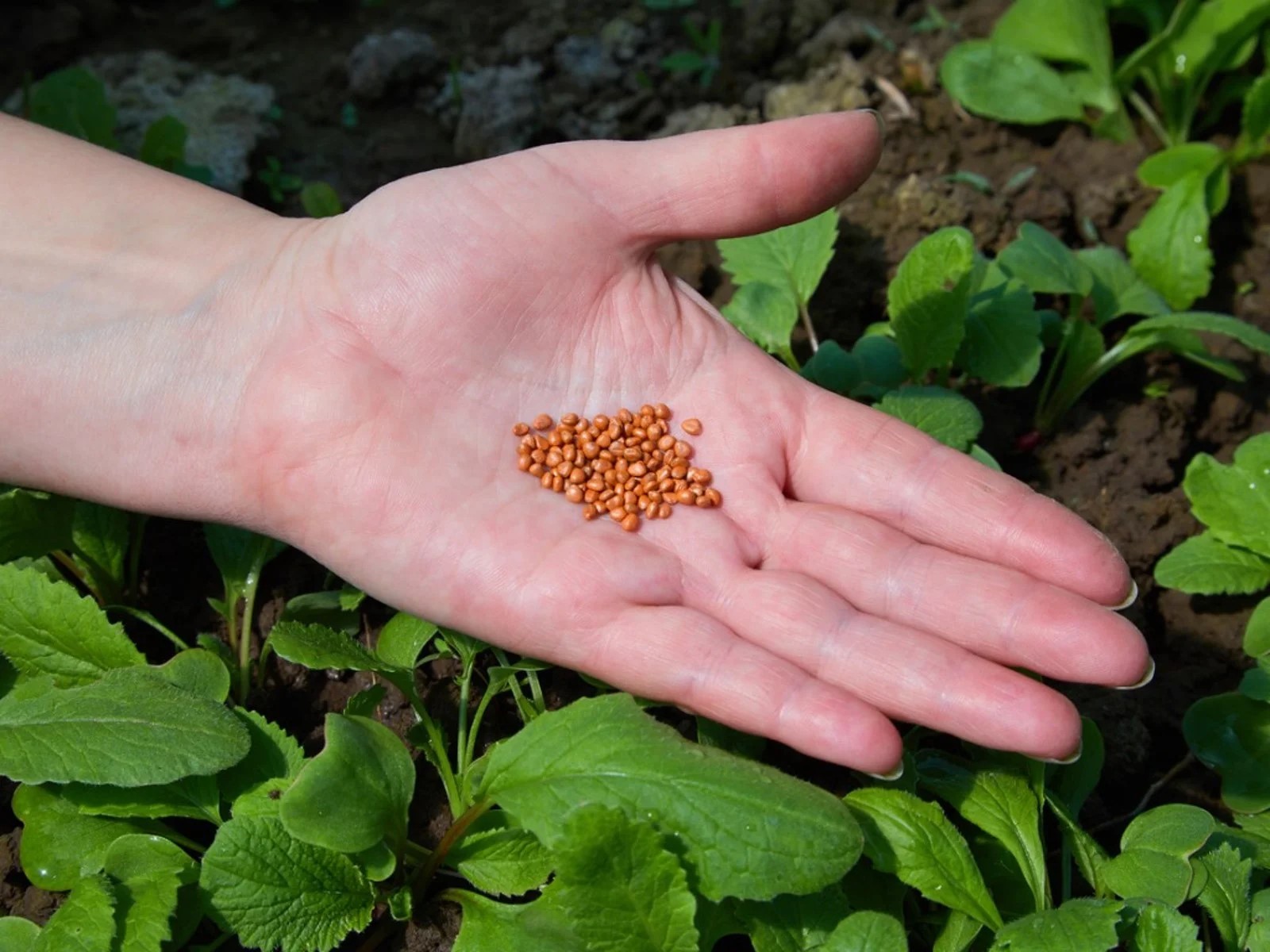

0 thoughts on “How To Store Pellets For Grill”